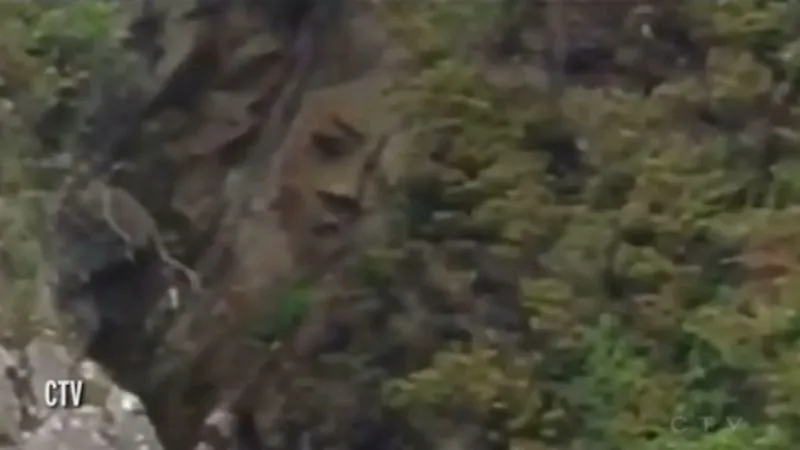A well-fortified NASA spacecraft flew by and survived the massive explosion from the sun.
Scientists recently released rare images of this solar event, called a coronal mass ejection, or CME, which is the eruption of a mass of superheated gas (plasma). “It’s like taking a piece of the sun and throwing it into space,” Mark Misch, a scientist at the National Oceanic and Atmospheric Administration’s Center for Space Weather Prediction, told Mashable earlier this year.
This coronal mass ejection occurred in September 2022 and was “one of the strongest coronal mass ejections (CMEs) on record.” NASA explains. Fortunately, the space agency’s Parker Solar Probe is equipped with a powerful probe Heat shieldIt was designed to withstand such a powerful radiation blast. This pioneering probe closely studies the behavior of the Sun.
An explosion of solar fire descended on space. How do you know if there is a problem?
Here’s what you see in images released by the Johns Hopkins University Applied Physics Laboratory, a scientific collaborator of the solar probe:
-
The sun itself is not visible in the photo, but the position of our star is shown on the left of the screen.
-
After 14 seconds, a coronal ejection is visible, photographed from left to right. SO, Boom.
-
The ride then passes through the eruption and appears at the end of the video.
It’s not an easy thing. “In total, Parker spent nearly two days observing the coronal ejections, becoming the first spacecraft to fly past a powerful solar flare close to the Sun,” explains the Johns Hopkins laboratory.
Scientists use observations from the Parker Solar Probe in combination with other spacecraft and telescopes to understand the behavior of potentially destructive CMEs and other types of space weather, such as solar flares (bursts of energy from the surface of the Sun). CMEs, for example, “can damage satellites, disrupt communications and navigation technologies, and even destroy the Earth’s power grid,” explains NASA. Ironically, a powerful CME explosion in 1989 knocked out electricity to millions of people in Quebec, Canada. The CME collided with the Earth’s magnetic field on March 12 of the same year, and subsequently, wrote NASA astronomer Sten Odenwald“After 2:44 a.m. on March 13, low current was discovered in the Quebec electrical network. In less than two minutes, Quebec’s entire electrical network lost power. Over the next 12 hours, millions of people were left without power and found themselves in dark office buildings, underground pedestrian tunnels and blocked elevators.
A CME was ejected from the surface of the Sun on February 27, 2000.
Credit: SOHO ESA/NASA
Want more science? Is tech news delivered straight to your inbox? Sign up for Mashable’s Speed of Light newsletter Today.
In coming years, observations made by the Parker Solar Probe could help researchers better predict where the Sun’s powerful emissions are likely to reach Earth, allowing any country or region to better prepare (e.g. by temporarily closing the electricity network). ). .
For now, the mission continues: in 2024, the protected spacecraft will collide with Earth A whopping 430,000 miles per hour Because it is 3.9 million kilometers from the sun.

“Travel nerd. Social media evangelist. Zombie junkie. Total creator. Avid webaholic. Friend of animals everywhere. Future teen idol.”


:strip_icc():format(jpeg)/kly-media-production/medias/3387188/original/007486800_1614303448-banner__1_.jpg)



